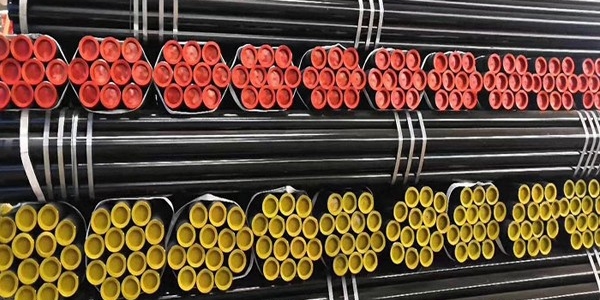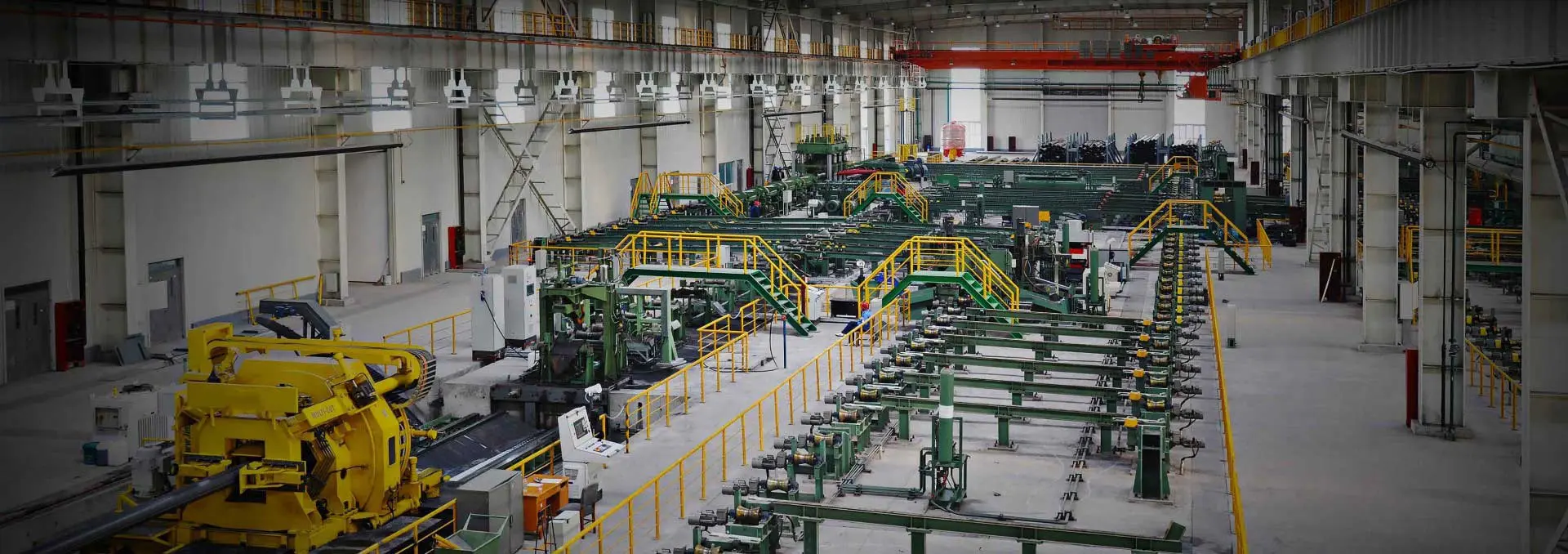Composition of Carbon Steel Pipe
Carbon steel pipe is a robust material composed of an iron and carbon steel alloy, typically containing between 0.05% to 2.0% carbon. This composition forms a significant portion of steel materials. The primary components of carbon steel pipes are carbon and manganese, with lesser amounts of silicon, phosphorus, sulfur, and trace elements like chromium, copper, and nickel. The carbon content is crucial as it primarily influences the pipe’s hardness, strength, corrosion resistance, and other properties.
Types of Carbon Steel Pipes
Carbon steel pipes are categorized by manufacturing process into two main types: seamless and welded.
- Seamless Carbon Steel Pipe:
Produced through either cold drawing or hot rolling, seamless carbon steel pipes are valued for their smooth internal surface and absence of seams, which make them ideal for high-temperature and high-pressure applications across industries such as oil, gas, chemicals, shipbuilding, and aviation. Benefits include high resistance to internal pressure and excellent sealability.
- Welded Carbon Steel Pipe:
Manufactured using techniques like arc welding, high-frequency welding, or gas shielded welding, these pipes are commonly employed in lower pressure transportation of liquids and gases. Their advantages lie in cost-effectiveness and ease of production.
Additionally, based on carbon content, carbon steel pipes can be classified into:
- Low-Carbon Steel Pipes (Mild Steel):
Containing 0.04% to 0.30% carbon, these pipes are ductile and tough, making them suitable for bending and welding. They are primarily used in applications requiring malleability rather than strength, such as in various low-demand parts.
- Medium-Carbon Steel Pipes:
These contain 0.30% to 0.60% carbon and offer greater strength and hardness but less flexibility and toughness. They are typically used in the manufacture of critical mechanical components.
- High-Carbon Steel Pipes:
With a carbon content ranging from 0.60% to 2.00%, high-carbon steel pipes offer the highest strength and hardness but have lower ductility and are challenging to weld. They are ideal for producing tools that require resistance to wear and abrasion.
Carbon steel pipes also vary in shape (round, square, rectangular, oval) and wall thickness (standard or thick-walled). Furthermore, they are classified according to various standards like international, American, Japanese, and European, which dictate their applications across different industries.

Applications of Carbon Steel Pipe
Due to their versatility and affordability, carbon steel pipes are extensively used in various industries. Key applications include:
- Transportation of oil, natural gas, and other energy sources.
- Infrastructure and construction projects.
- Automotive manufacturing.
- Machinery in engineering, aerospace, and chemical sectors.
- Heating and thermal pipelines.
This wide range of applications underscores the adaptability and essential role of carbon steel pipes in industrial and commercial settings.

 English
English Español
Español




 Tel : +86-18565811709
Tel : +86-18565811709 Email :
Email : 

 News
News




